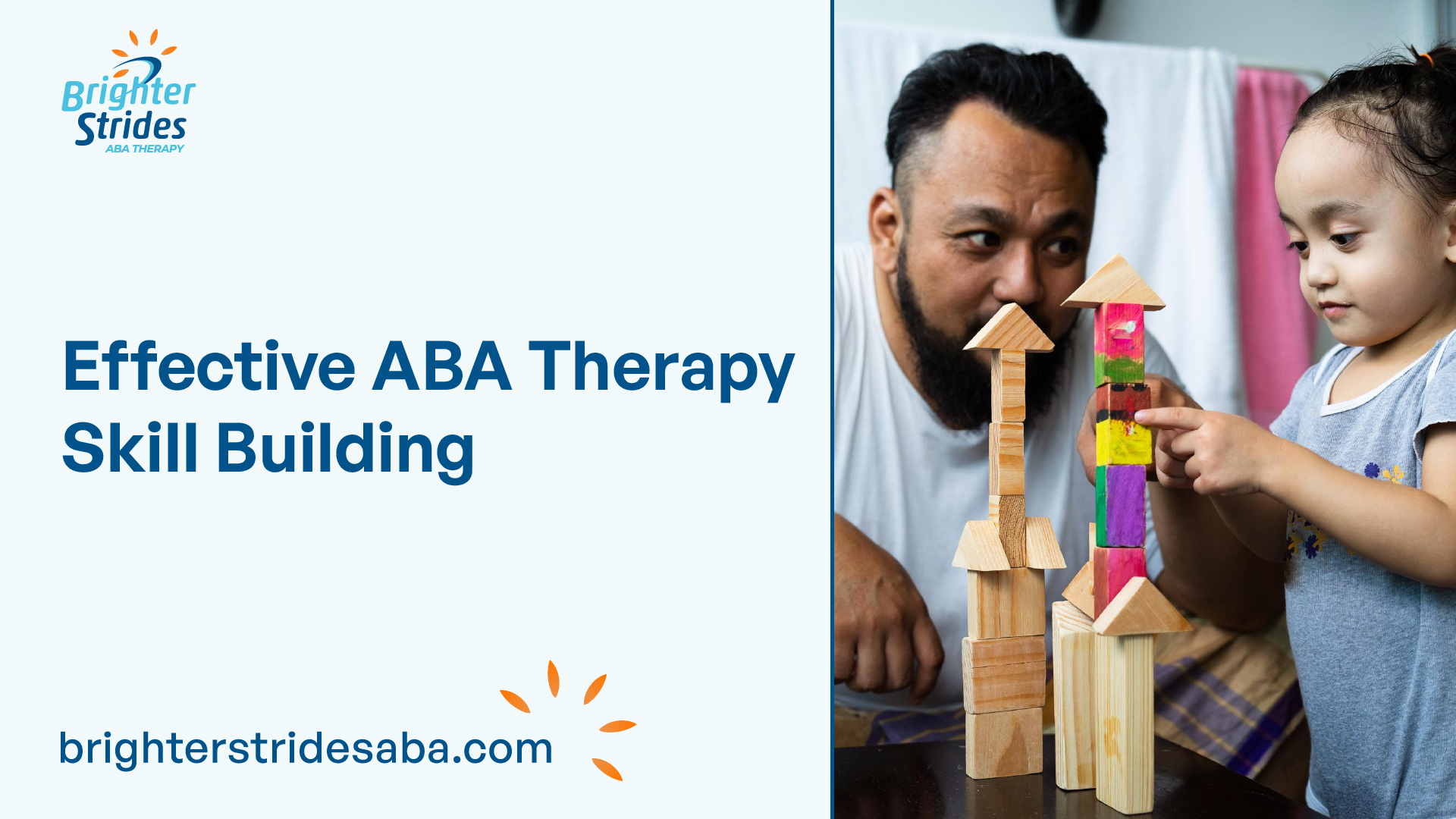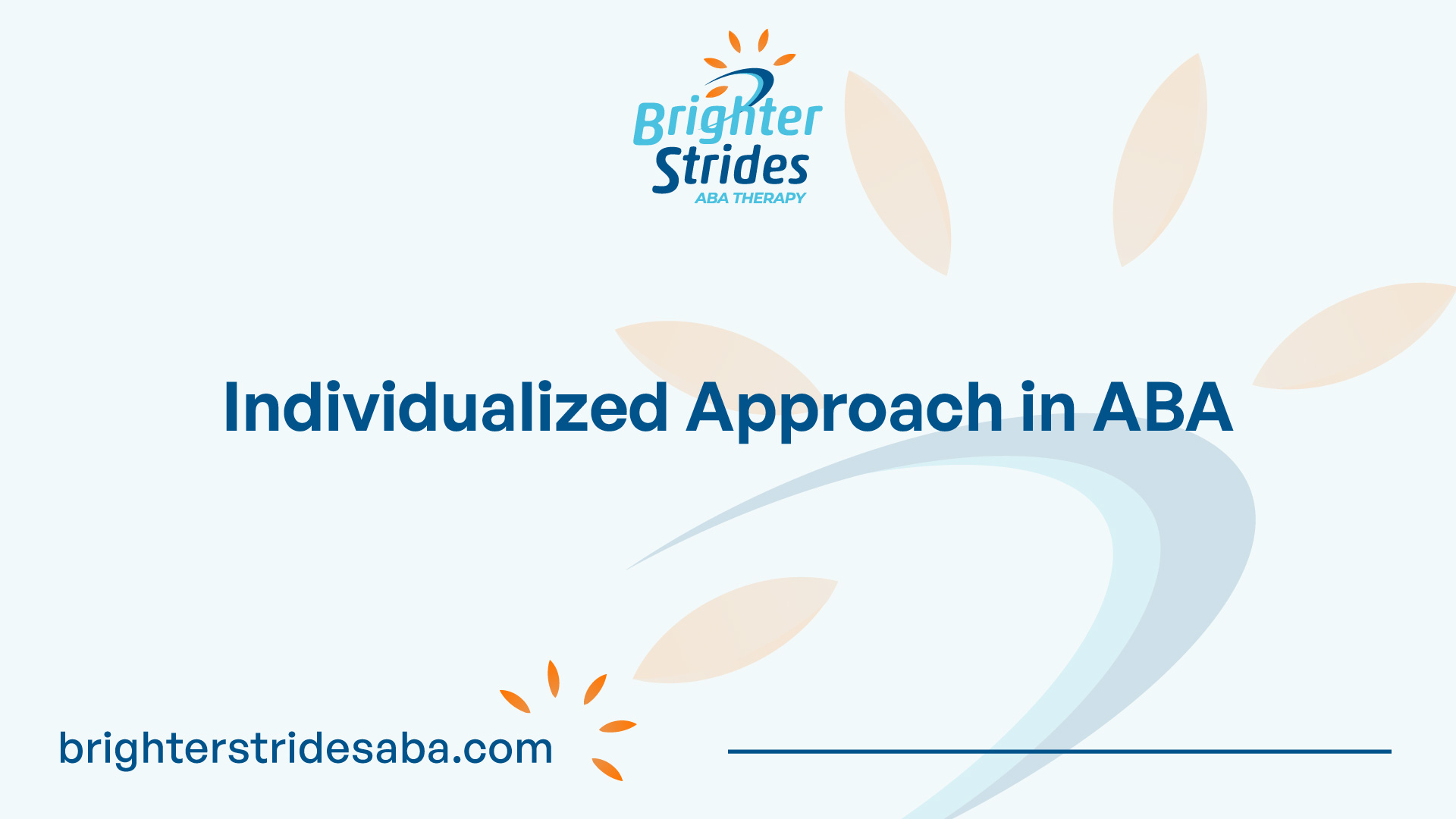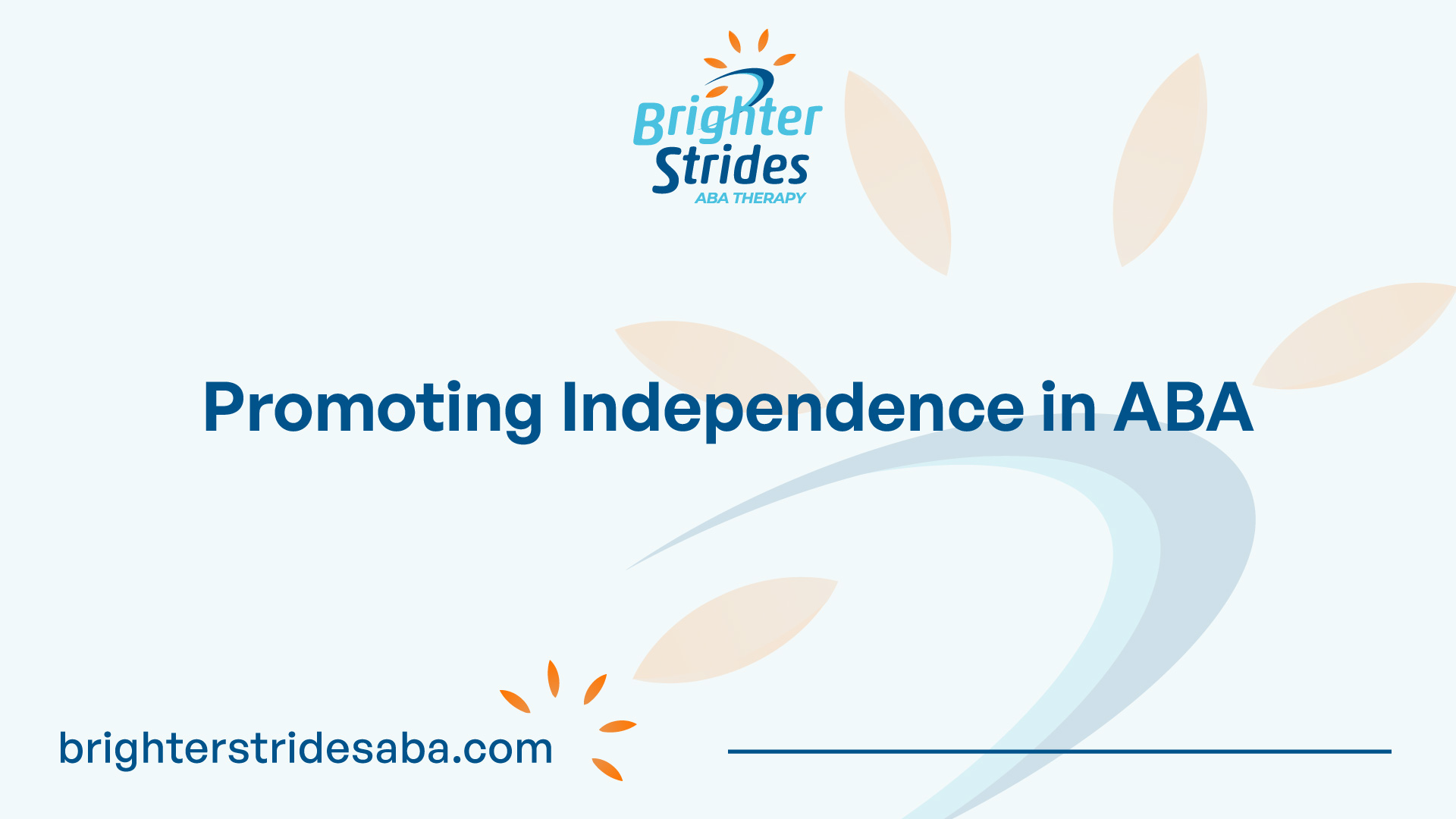
Understanding ABA Therapy
ABA therapy, or Applied Behavior Analysis Therapy, is an evidence-based approach that focuses on understanding and modifying behavior to promote skill building and positive outcomes. To fully grasp the effectiveness of ABA therapy, it is important to understand two key aspects: the importance of data collection and the duration and frequency of ABA sessions.
Importance of Data Collection
Data collection and measurement play a pivotal role in ABA therapy. It provides valuable information for assessing behavior, monitoring progress, and ensuring the effectiveness of interventions. Whether in ABA services or everyday scenarios, data collection allows for objective analysis and decision-making [1].
By systematically gathering data, behavior analysts can identify patterns, determine the effectiveness of interventions, and make data-driven adjustments to treatment plans. This data-driven approach helps to ensure that ABA therapy is tailored to meet the specific needs of each individual. Measurement and data collection are not only essential components of ABA services, but they are also valuable in personal improvement activities and enhancing a child’s performance in day-to-day life [1].
Duration and Frequency of ABA Sessions
The duration and frequency of ABA sessions can vary depending on the individual’s needs and treatment plan. A typical ABA session lasts from 1 to 3 hours, with the duration influenced by factors such as the child’s age, attention span, and individual requirements. The frequency of ABA sessions typically ranges from 2 to 5 times per week. The specific number of sessions is determined by the child’s treatment plan and goals [2].
The duration and frequency of ABA sessions are carefully determined based on the individual’s abilities, attention span, and overall progress. ABA therapists work closely with clients to establish a schedule that maximizes the effectiveness of therapy while considering the individual’s needs and limitations. It is important to maintain consistency in attending sessions as it allows for consistent reinforcement and practice of targeted skills.
Understanding the importance of data collection and the duration and frequency of ABA sessions is essential in comprehending the effectiveness of ABA therapy. These aspects contribute to a tailored and individualized approach that focuses on promoting skill building and achieving positive behavioral outcomes.
ABA Therapy Environment
Creating a controlled setting is an essential aspect of ABA therapy to maximize the effectiveness of the sessions and promote skill building. ABA therapy sessions are typically conducted in a quiet and controlled environment to help minimize distractions and maintain focus during the therapy session [2]. The specific setting may vary depending on the child’s needs and available resources, which can include center-based settings, schools, or even in-home sessions.
Creating a Controlled Setting
To create a controlled setting, the ABA therapist may take several steps to ensure an environment conducive to learning and skill development. These steps may include:
- Minimizing distractions: The therapist will strive to minimize environmental distractions that can interfere with the child’s attention and engagement. This may involve reducing noise, removing unnecessary objects, and creating a visually organized and clutter-free space.
- Structured routine: Establishing a structured routine during ABA therapy sessions helps provide predictability and familiarity, which can support the learning process. Following a consistent routine helps the child understand the expectations and transitions within the session.
- Visual supports: Visual supports, such as schedules, visual cues, and task lists, can be used to enhance understanding and communication. These visual aids can help the child navigate through the therapy session and provide clear instructions and expectations.
- Positive reinforcement: Creating a positive and supportive environment is crucial in ABA therapy. The therapist will use positive reinforcement strategies to motivate and encourage the child, promoting engagement and participation in skill-building activities.
Skill Areas Covered in ABA
ABA therapy covers a wide range of skill areas to support the overall development of the child. The specific skill areas targeted may vary based on the child’s individual needs and goals. Some of the skill areas commonly addressed in ABA therapy include:
- Communication skills: ABA therapy focuses on developing communication skills, including expressive language, receptive language, social communication, and nonverbal communication.
- Social skills: ABA therapy helps children develop social skills and navigate social interactions, such as turn-taking, sharing, making eye contact, and understanding social cues.
- Daily living skills: ABA therapy can address various daily living skills, such as self-care routines, toileting, dressing, and feeding.
- Play and leisure skills: ABA therapy may target play skills, including engaging in imaginative play, participating in cooperative play, and following play rules.
- Academic skills: ABA therapy can support the development of academic skills, such as reading, writing, math, and problem-solving.
- Behavioral skills: ABA therapy also focuses on addressing challenging behaviors, promoting appropriate behavior, and teaching coping strategies.
By addressing these skill areas within a controlled setting, ABA therapy aims to promote skill building and independence in children with various developmental needs. It is important to note that the individualized approach in ABA therapy ensures that the therapy program is tailored to meet the specific goals and needs of each child [2].

Individualized Approach in ABA
A critical aspect of effective ABA therapy is the individualized approach taken to address the specific needs of each child. This section explores two key components of this approach: the thorough assessment process and the utilization of modalities in therapy.
Thorough Assessment Process
To develop an effective treatment plan, ABA therapists conduct a thorough assessment to understand the child’s strengths, challenges, and areas for growth. This assessment is comprehensive and involves gathering information from various sources, including interviews with parents, direct observation of the child, and the use of standardized assessments.
The assessment process allows the ABA therapist to gain insights into the child’s unique characteristics, preferences, and learning style. It helps identify specific behaviors that need to be targeted for intervention and provides a baseline against which progress can be measured. Additionally, the assessment process helps identify any underlying medical or developmental conditions that may impact the child’s progress in therapy.
Utilization of Modalities in Therapy
An effective ABA program utilizes various modalities to facilitate skill building and maximize progress. These modalities include technology, family support, and other evidence-based strategies. By incorporating these modalities, ABA therapists can create a comprehensive and tailored approach for each child.
Technology plays a significant role in ABA therapy, offering interactive learning tools, visual supports, and data tracking systems. These technological resources enhance engagement, provide immediate feedback, and aid in generalization of skills learned in therapy sessions.
Family support is another crucial component of ABA therapy. Involving parents and caregivers in the treatment process allows for consistency and generalization of skills across different environments [3]. ABA therapists work closely with families, providing guidance, training, and strategies to promote skill development outside of therapy sessions. This collaboration ensures that skills learned in therapy are reinforced and practiced in the child’s everyday life.
Other evidence-based strategies may include the use of visual supports, social stories, and task analysis to break down complex skills into manageable steps. These strategies help individuals with Autism Spectrum Disorder (ASD) understand expectations and facilitate the acquisition of new skills.
By employing a thorough assessment process and incorporating various modalities in therapy, ABA programs can be tailored to meet the unique needs of each individual. This individualized approach allows for targeted intervention, maximizes progress, and promotes the acquisition of skills necessary for independent functioning. With the involvement of qualified professionals and the support of families, ABA therapy offers a comprehensive and effective approach to skill building for individuals with ASD.
Key Components of Effective ABA Programs
To ensure the effectiveness of Applied Behavior Analysis (ABA) programs in skill building, there are key components that play a crucial role. These components include the role of a Board Certified Behavior Analyst (BCBA) and the importance of objectively defined goals.
Role of Board Certified Behavior Analyst
An effective ABA program should have a dedicated BCBA who designs and supervises the program. The BCBA plays a vital role in ensuring that the program is evidence-based and tailored to the individual’s needs. With experience working in the field, the BCBA conducts a thorough assessment of the learner’s behavioral and clinical needs [4]. This assessment forms the foundation for designing an individualized program that targets specific skill areas.
The BCBA provides ongoing supervision and guidance to the team of therapists and ensures that the program is implemented with fidelity. They monitor progress, make data-driven adjustments, and collaborate with caregivers and other professionals involved in the learner’s development. The expertise of a BCBA in designing and overseeing the ABA program is essential for its effectiveness and success.
Importance of Objectively Defined Goals
In an effective ABA program, goals and objectives are objectively defined to ensure clarity and measure progress accurately. These goals are tailored to the individual’s needs and should be measurable, achievable, and time-bound. Objectively defined goals provide a clear roadmap for the learner’s skill development and allow for systematic tracking of progress.
By setting specific targets, ABA programs can focus on addressing specific skill deficits and promoting growth. The goals may cover various areas, including communication, social skills, self-help skills, and academic skills, among others. Each goal should be broken down into smaller, achievable steps to facilitate learning and mastery.
The BCBA works closely with the learner and the therapy team to develop these goals. Regular assessments and data collection help track progress, making it possible to adjust the program as needed. Objectively defined goals also enable the BCBA to collaborate effectively with other professionals involved in the learner’s care, ensuring a coordinated approach to skill building.
By having a qualified BCBA overseeing the program and setting objectively defined goals, an ABA program can maximize its effectiveness in promoting skill development. These key components provide the necessary structure and expertise to create individualized programs that address the unique needs of each learner.

Promoting Independence in ABA
ABA therapy focuses on promoting independence in individuals by teaching them skills that allow them to function more effectively in their daily lives. Two key components of promoting independence in ABA therapy are transitioning to independent tasks and generalization of learned skills.
Transitioning to Independent Tasks
An effective ABA program recognizes the importance of gradually transitioning a child to engage in tasks independently once they have learned or “mastered” a skill. This process involves systematically reducing the level of support provided by the therapist or caregiver, allowing the individual to navigate their surroundings without constant assistance. By gradually fading support, individuals gain confidence and become more self-reliant [4].
Transitioning to independent tasks involves breaking down complex activities into smaller, manageable steps. Individuals are taught each step systematically, ensuring they have a solid foundation before progressing to the next level. This approach allows individuals to build upon their skills and gradually take on more responsibility in completing tasks.
Generalization of Learned Skills
Generalization is a crucial aspect of effective ABA therapy. It refers to the ability to apply learned skills outside of therapy sessions and with different people, settings, and materials. Generalization ensures that individuals can use their newly acquired skills in real-life situations, leading to meaningful and lasting behavior change.
To facilitate generalization, good ABA programs incorporate parent training and involvement. Parents are provided with strategies and techniques to reinforce and support the individual’s progress at home and in other environments. This consistency in expectations and reinforcement across various settings helps individuals generalize their skills and apply them in different contexts.
Furthermore, therapists and caregivers actively create opportunities for generalization by incorporating a variety of materials, people, and settings during therapy sessions. By exposing individuals to different situations, they learn to adapt and apply their skills in diverse scenarios. This comprehensive approach helps individuals become more independent and adaptable in their daily lives.
By focusing on transitioning to independent tasks and promoting generalization of learned skills, ABA therapy empowers individuals to become more self-sufficient and confident in their abilities. The gradual progression towards independence, coupled with the ability to generalize skills across various settings, enhances their overall quality of life and functional abilities.
ABA Therapy for Autism
ABA therapy, or Applied Behavior Analysis therapy, is widely recognized as an effective approach for helping children with autism develop essential skills to improve their functioning at home, school, and in various public settings [6]. This section will explore the core goals of ABA therapy for autism and the role of positive reinforcement in this therapeutic approach.
Core Goals of ABA Therapy
The core goals of ABA therapy for autism encompass a wide range of skill-building areas. ABA therapists work with children to target skills that are crucial for their overall development and success in life. Some common skill areas addressed during ABA therapy sessions include:
- Communication: ABA therapy focuses on improving communication skills, helping children with autism express their needs, wants, and emotions effectively.
- Social Skills: Building social skills is a fundamental aspect of ABA therapy. Children learn how to interact with peers, make friends, and engage in appropriate social behaviors.
- Daily Living Skills: ABA therapy aims to develop essential daily living skills, such as self-care, hygiene routines, and independence in activities of daily living.
- Play Skills: ABA therapists help children develop play skills, fostering their ability to engage in imaginative and cooperative play with others.
- Behavioral Management: ABA therapy can also address challenging behaviors, such as aggression and self-injury tendencies, by teaching alternative behaviors and coping strategies.
By targeting these skill areas, ABA therapy provides children with the foundation they need to navigate their daily lives successfully. The ultimate goal is to promote independence and improve overall quality of life.
Positive Reinforcement in ABA
Positive reinforcement plays a vital role in ABA therapy for autism. This technique involves providing rewards or praise to reinforce desired behaviors and encourage their repetition. By using positive reinforcement, ABA therapists help children with autism understand the consequences of their actions and motivate them to engage in positive behaviors.
The principle behind positive reinforcement is to make learning enjoyable and rewarding for the child. When a child exhibits a desired behavior, such as using verbal communication or engaging in appropriate social interactions, the therapist provides immediate positive reinforcement, such as praise, tokens, or small rewards. This reinforcement helps strengthen the connection between the behavior and its positive outcome, increasing the likelihood of the behavior being repeated.
It’s important to note that positive reinforcement is individualized and tailored to each child’s preferences and needs. ABA therapists work closely with the child and their family to identify effective reinforcers that motivate the child and promote engagement in the therapy process.
Research supports the effectiveness of ABA therapy and the positive impact it can have on children with autism. Studies have shown that ABA-based interventions can lead to improvements in socialization, communication, expressive language, and adaptive behavior. Long-term and comprehensive ABA-based interventions have also been found to be beneficial for the lifelong development of children with autism, promoting intellectual functioning, language development, acquisition of daily living skills, and social functioning [7].
By focusing on the core goals of ABA therapy and utilizing positive reinforcement techniques, therapists can make significant strides in helping children with autism acquire essential skills and reach their full potential.

 We've just released an article! Check out our blog!
We've just released an article! Check out our blog! 


